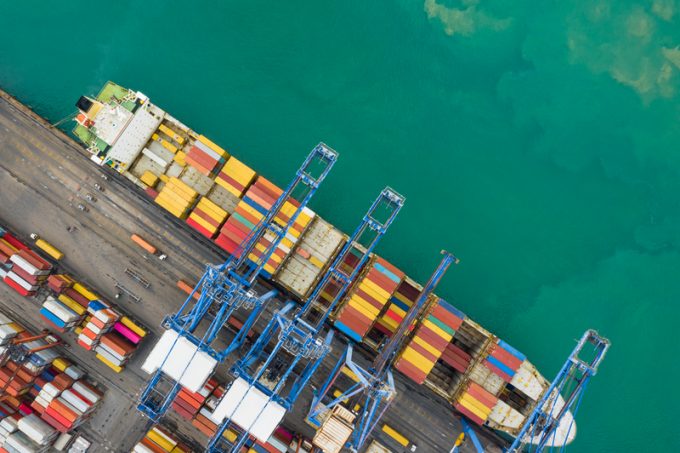Good start for Gemini, liner schedule reliability data reveals
New data from liner analysts at Sea-Intelligence Consulting has confirmed early schedule reliability figures for ...

Container spot rates are beginning to head upwards again across all trades from already elevated levels, as carriers reduce their commitment to contract volumes in favour of much higher FAK rates.
The Freightos Baltic Index (FBX) China-North Europe component edged up to $7,316 per 40ft this week, and market reports to The Loadstar suggest rates on the route are set to soar again next week, returning to their mid-February peak of $8,430, and possibly higher.
“The squeeze on shipping capacity on the ...
Volcanic disruption at Anchorage could hit transpacific airfreight operations
Shippers snap up airfreight capacity to US ahead of tariff deadline
Forwarders stay cool as US 'liberation day' tariffs threaten 'global trade war'
New price hikes may slow ocean spot rate slide – but for how long?
Tighter EU import requirements proving 'a challenge' for forwarders
Supply chain delays expected after earthquake hits Myanmar
Looming Trump tariffs will create 'a bureaucratic monster' for Customs

Comment on this article